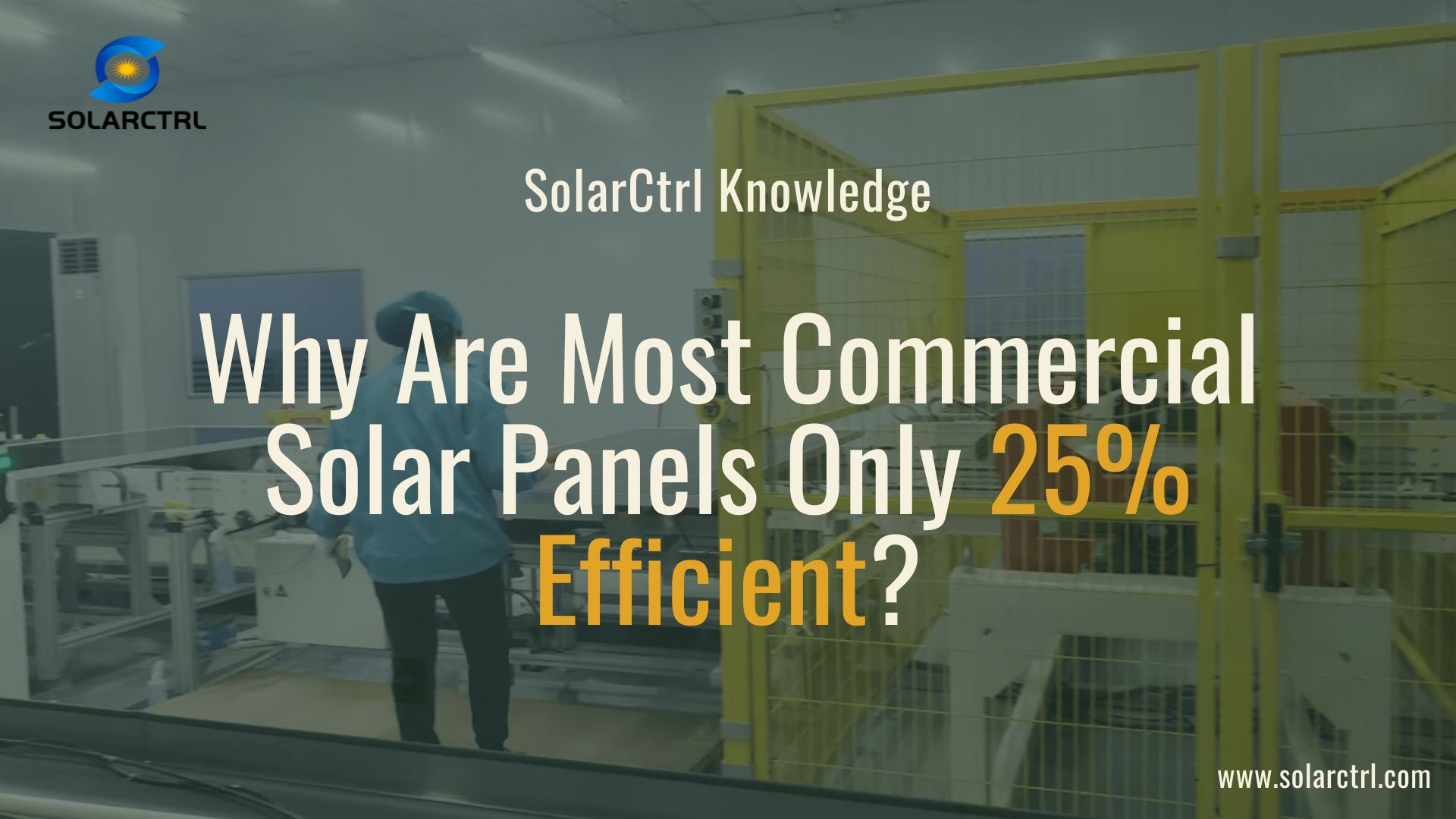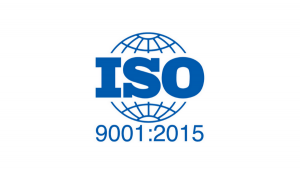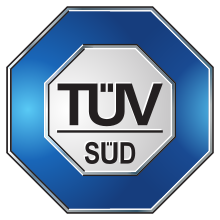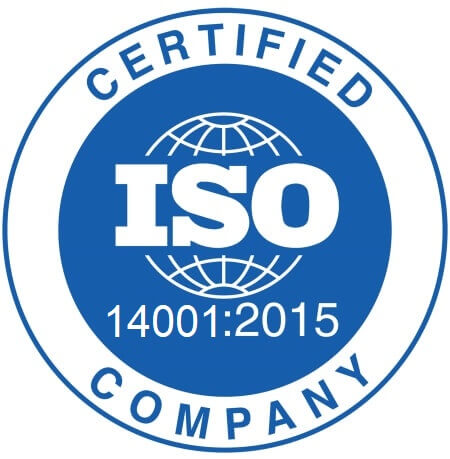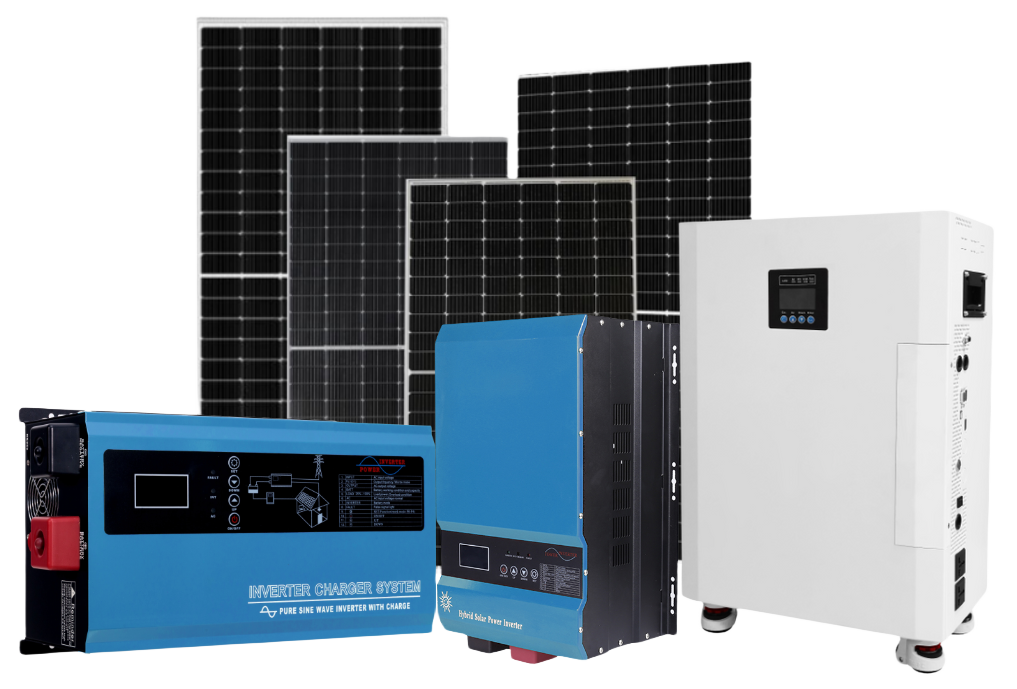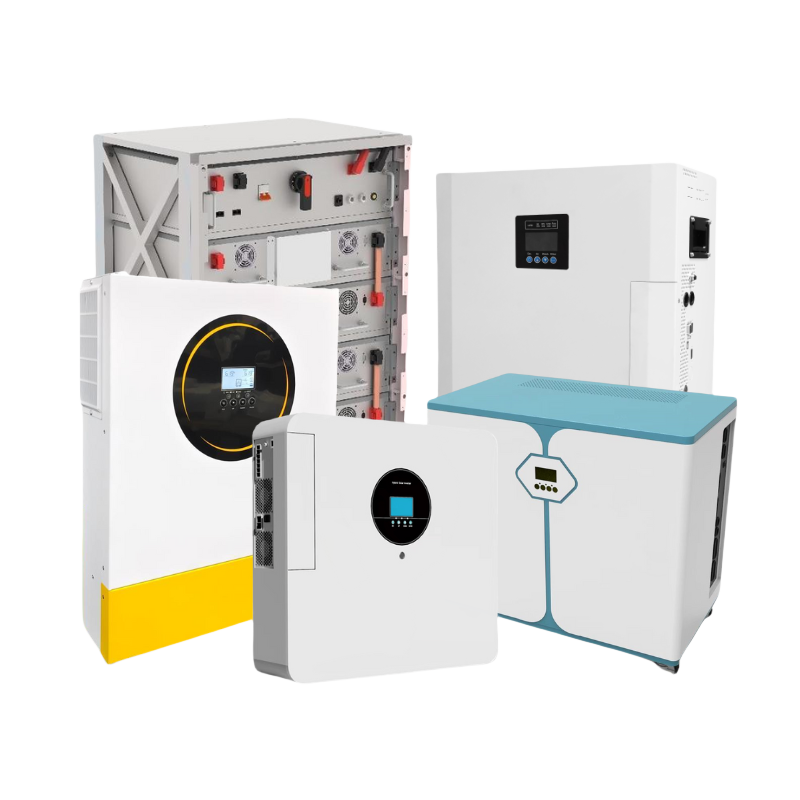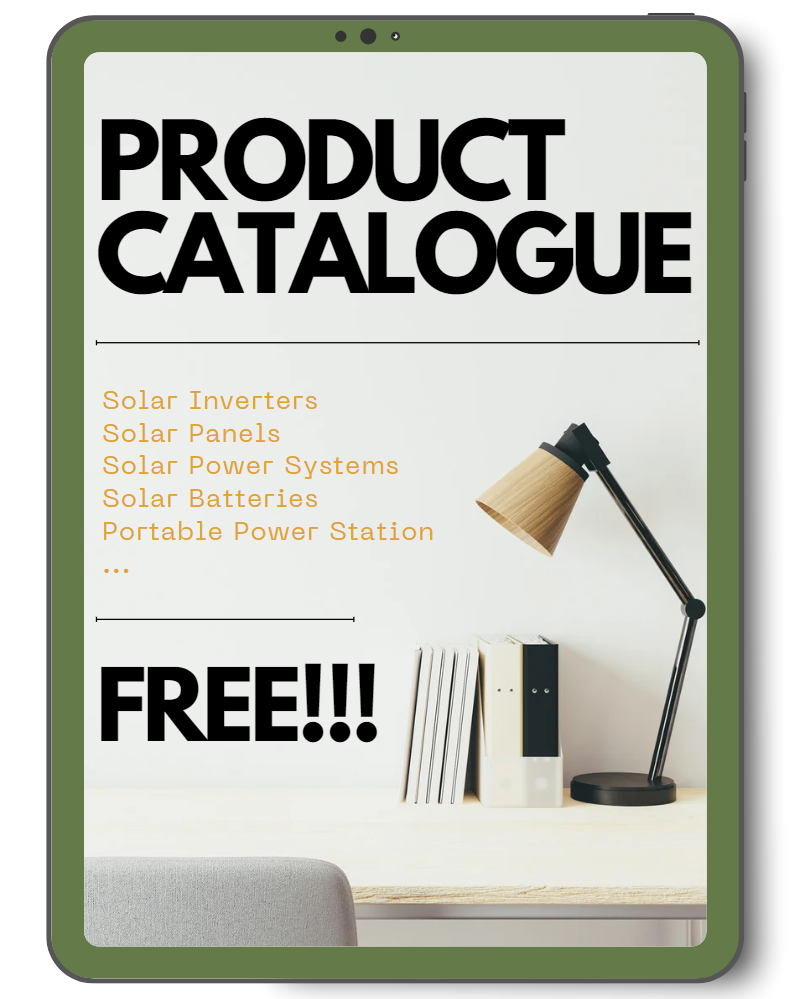Yes, some hybrid solar inverters do come with an inbuilt charger, specifically the MPPT (Maximum Power Point Tracking) solar charge controllers. These inverters integrate the benefits of regular hybrid units with the added advantage of built-in solar power management, allowing for efficient energy conversion and battery charging directly from the solar panels.
To fully comprehend the benefits and functionality of hybrid solar inverters, let’s delve deeper into their components and how they operate.
1. What is a Hybrid Solar Inverter?
Hybrid solar inverters, also known as multi-mode inverters, are designed to integrate multiple power sources, such as solar panels, batteries, and the grid, to provide a seamless and reliable energy solution.
Unlike traditional solar inverters that only convert DC power generated by solar panels into AC power for household use, hybrid inverters offer additional functionalities that enhance energy management and storage.

2. Key Components and Functions of Hybrid Solar Inverters
Understanding whether a hybrid solar inverter has an inbuilt charger requires a closer look at its key components. These components work together to ensure efficient energy management and reliable power supply.
2.1 DC-AC Converter
This component is fundamental to any solar inverter. It converts the direct current (DC) generated by solar panels into alternating current (AC), which can be used by household appliances or fed into the grid. This conversion is crucial as most home appliances operate on AC power, making the DC-AC converter a vital part of the system.
2.2 Battery Charger
The battery charger is a crucial element of a hybrid solar inverter. It charges the battery bank using excess solar energy generated during the day or, when necessary, grid power. This component ensures that stored energy is available for use during nighttime or periods of low solar generation.
2.3 Battery Inverter
This component is responsible for converting the stored DC power from the batteries back into AC power when solar energy is insufficient. This ensures a continuous power supply, even when solar generation is low or during power outages, by tapping into the stored energy in the batteries.
2.4 MPPT (Maximum Power Point Tracking)
MPPT technology is designed to optimize the performance of solar panels. It ensures that the panels operate at their maximum power output, regardless of varying sunlight conditions. This technology adjusts the electrical operating point of the modules, allowing them to produce more power and enhance the overall efficiency of the solar power system.
2.5 Grid Connection
The grid connection feature allows the hybrid solar inverter to draw power from the grid or export excess solar power back to it. This bidirectional capability provides flexibility and reliability, ensuring that energy needs are met even when solar or battery power is insufficient. It also allows for the monetization of excess power through net metering or other grid-tied arrangements.
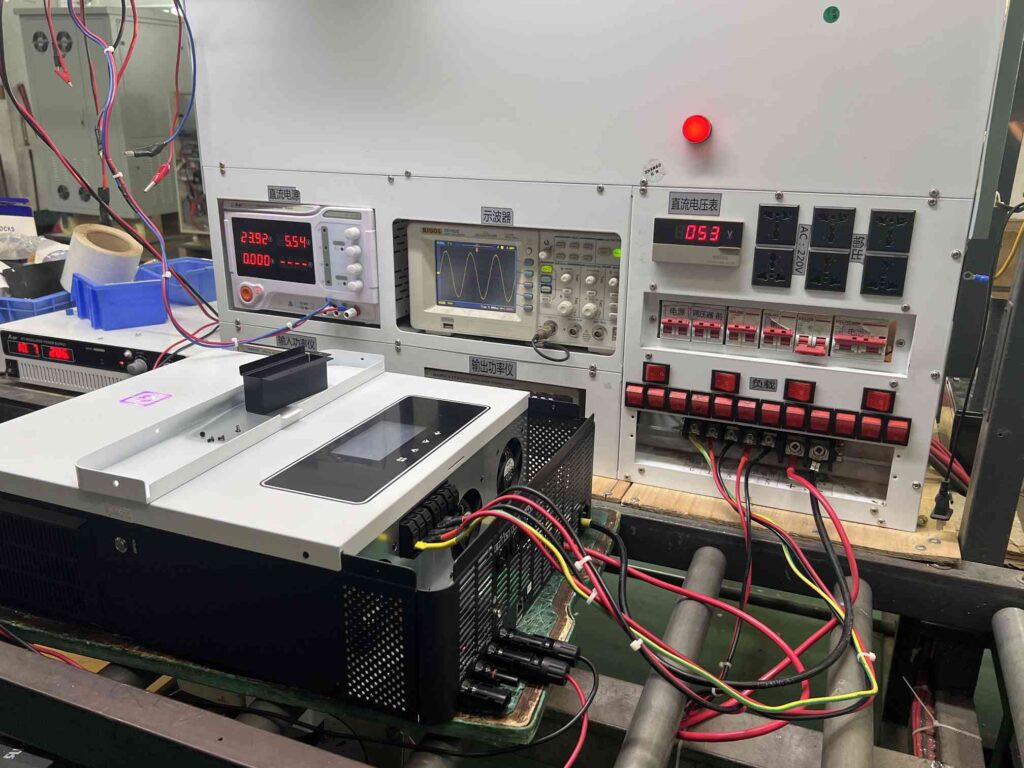
3. Benefits of Having an Inbuilt Charger in Hybrid Solar Inverters
The inclusion of an inbuilt charger in hybrid solar inverters offers numerous advantages, enhancing the overall efficiency and reliability of solar power systems.
3.1 Efficiency
An inbuilt charger ensures efficient energy management by directly utilizing excess solar energy to charge the batteries. This minimizes energy wastage and maximizes the use of available solar power. By efficiently storing surplus energy, the system ensures that solar power is utilized to its fullest potential, even during periods when direct solar generation is low.
3.2 Cost-Effectiveness
Integrating the charger within the inverter eliminates the need for separate charging equipment. This consolidation reduces the overall cost of the solar power system by cutting down on additional components and simplifies the installation process. Maintenance is also streamlined, as there are fewer individual parts to service, leading to long-term cost savings.
3.3 Space-Saving
An inbuilt charger eliminates the need for additional space to accommodate separate charging units, making the system more compact. This space-saving design is particularly beneficial for residential and commercial installations where space is limited. A more compact system also tends to have a cleaner, more organized setup, improving the aesthetic appeal of the installation site.
3.4 Enhanced Energy Security
With an inbuilt charger, hybrid solar inverters provide a reliable backup power solution. In the event of a grid outage, the system can seamlessly switch to battery power, ensuring uninterrupted power supply. This feature is crucial for maintaining power continuity in critical applications and enhances the overall resilience of the power system against unexpected disruptions.
3.5 Simplified System Design
By integrating multiple functionalities into a single unit, hybrid solar inverters with inbuilt chargers simplify system design and reduce potential points of failure. This integration leads to improved reliability and easier troubleshooting, enhancing the overall user experience.
4. Types of Hybrid Solar Inverters with Inbuilt Chargers
There are different types of hybrid solar inverters available in the market, each with unique features and capabilities to cater to various energy needs. Here are the primary types:
4.1 All-in-One Hybrid Inverters
These inverters integrate the solar inverter, battery charger, and battery inverter into a single unit. This all-in-one design simplifies installation and minimizes the need for additional components, making them highly efficient and user-friendly. Their compact and streamlined setup is ideal for both residential and commercial applications, offering a seamless and cost-effective energy solution.
4.2 AC-Coupled Hybrid Inverters
Designed to work with existing solar power systems, AC-coupled hybrid inverters can be added to an existing grid-tied solar system to provide battery storage capabilities without replacing the existing inverter. This makes them an excellent choice for users looking to upgrade their current solar setup with battery storage. They are easy to retrofit and allow for flexible system expansion, ensuring continuity and enhanced energy security.
4.3 DC-Coupled Hybrid Inverters
Connected directly to the solar panels and batteries, DC-coupled hybrid inverters provide more efficient energy transfer. They are particularly suitable for new solar installations, offering higher efficiency and reliability by minimizing energy conversion losses. Their direct connection to the solar array and battery bank ensures optimal performance, making them a preferred choice for maximizing energy harvest and storage in new solar projects.

5. Factors to Consider When Choosing a Hybrid Solar Inverter
When selecting a hybrid solar inverter with an inbuilt charger, several factors should be considered to ensure optimal performance and compatibility with your energy needs:
- Battery Compatibility: Ensure that the hybrid inverter is compatible with the type of batteries you plan to use. Different inverters support different battery chemistries, such as lithium-ion, lead-acid, or nickel-cadmium.
- Power Capacity: Choose an inverter with sufficient power capacity to meet your household or business energy demands. Consider both the inverter’s output capacity and the battery storage capacity.
- Efficiency: Look for inverters with high efficiency ratings to maximize the use of solar energy and minimize energy losses. Inverters with MPPT technology are particularly efficient in optimizing solar panel performance.
- Grid Connectivity: Ensure that the inverter supports grid connectivity and complies with local grid regulations. This is essential for exporting excess solar power to the grid and accessing grid power when needed.
- Monitoring and Control: Choose an inverter with advanced monitoring and control features. This allows you to track energy production and consumption, manage battery usage, and optimize overall system performance.
- Warranty and Support: Consider the warranty and technical support provided by the manufacturer. A reliable warranty and access to technical support are crucial for the long-term performance and maintenance of the inverter.
Conclusion
Hybrid solar inverters do have an inbuilt charger as a standard feature. This inbuilt charger is essential for managing the charging and discharging of batteries, optimizing energy use, and ensuring a reliable power supply.
Hybrid solar inverters represent a significant advancement in solar technology, providing a versatile and efficient solution for modern energy challenges. With their inbuilt chargers, they offer a seamless integration of solar power generation, battery storage, and grid connectivity, making them an ideal choice for both residential and commercial applications.






